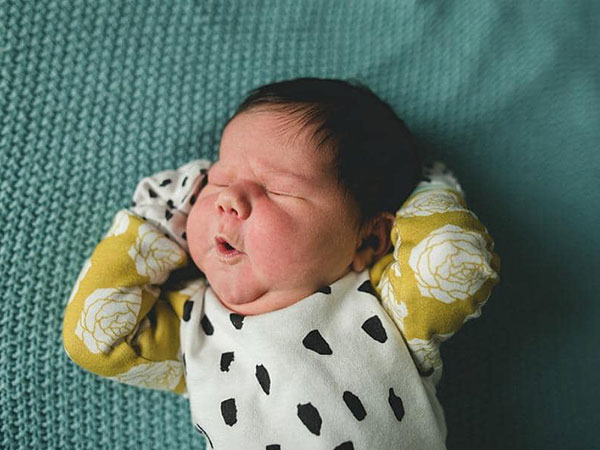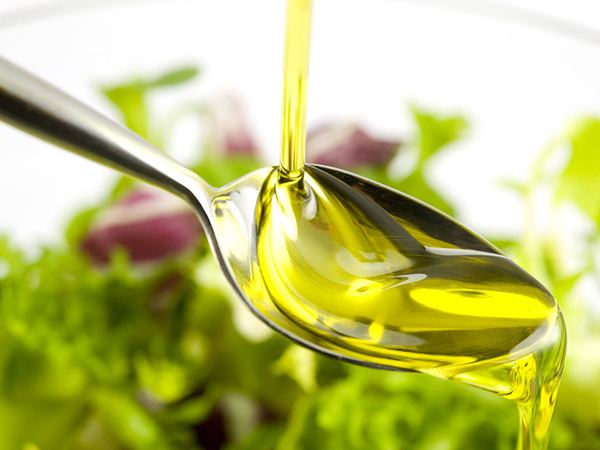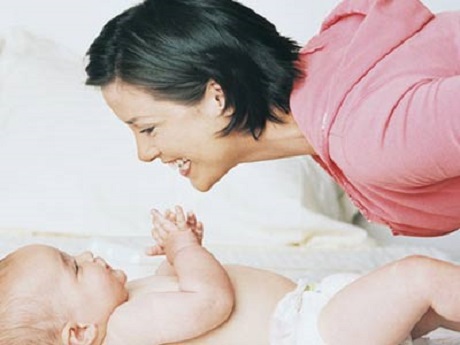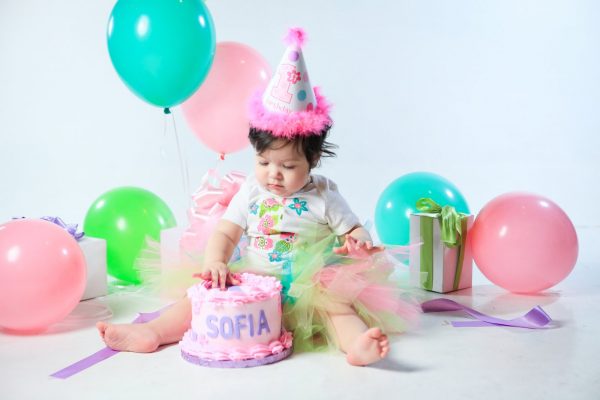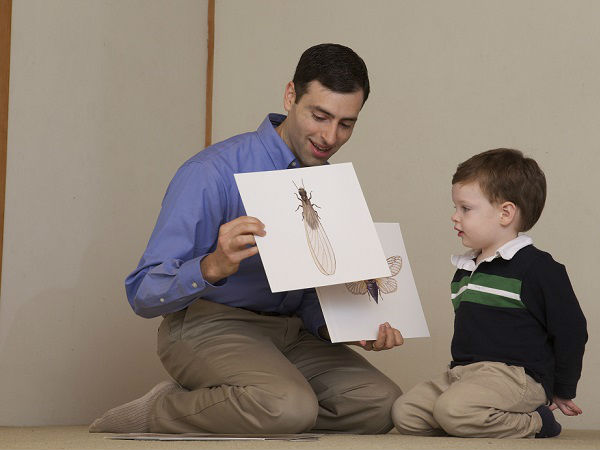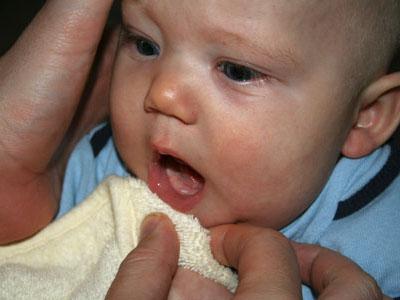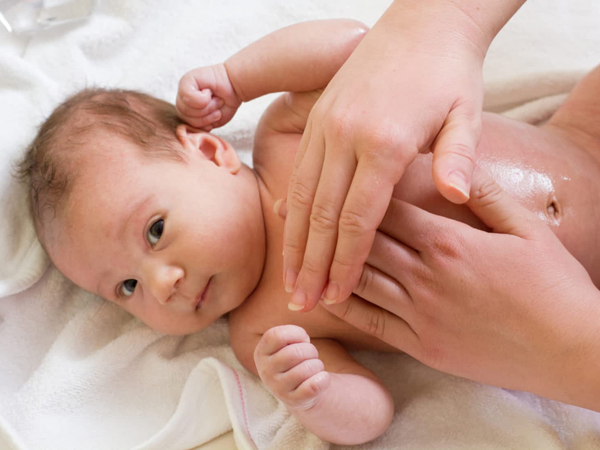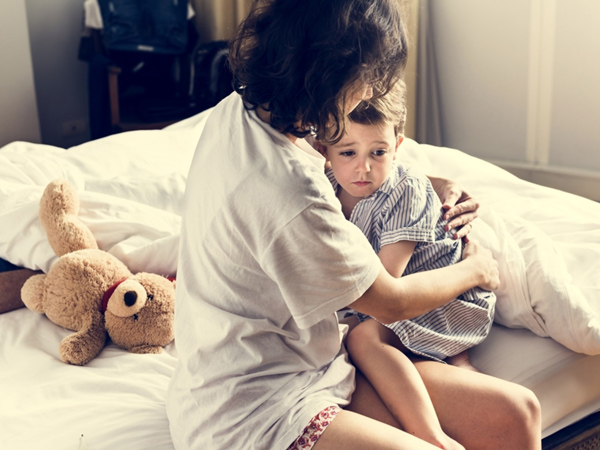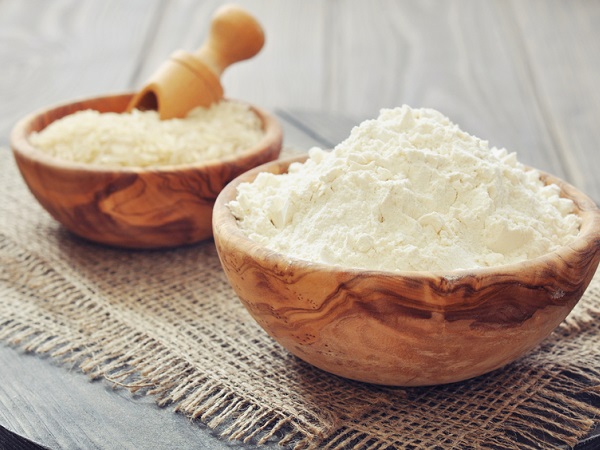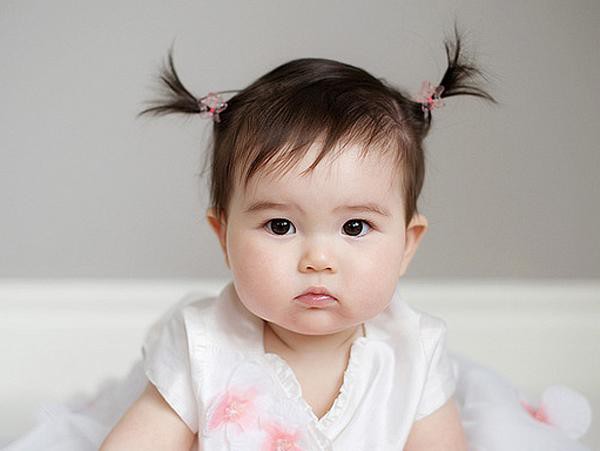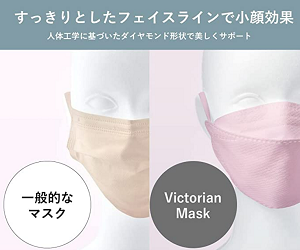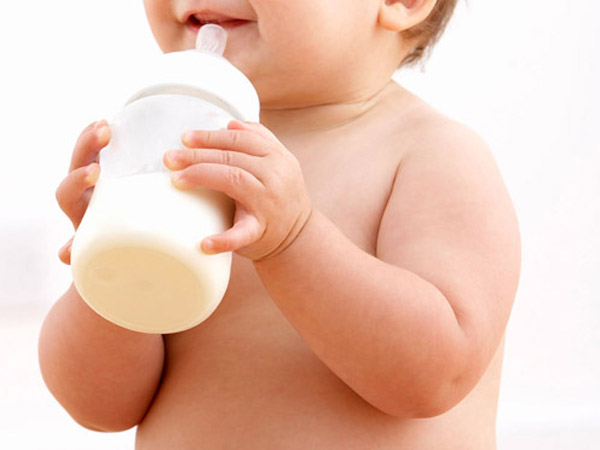
Whether you decide to choose to exclusively breastfeed or only use it as a supplement to your breastmilk, the most important thing is to choose safe milk for your baby.
Also, if you breastfeed your baby exclusively with formula milk , you should take good care of your baby because formula-fed babies will not have the same resistance as breastfed babies.
Here are the other do's and don'ts that you should keep in mind when giving your baby formula
Should: Choose the right formula for your baby. For example, infants under 2 months old, premature babies less than 2 months of age compared to their due date, and babies with impaired immune systems should only use liquid condensed milk packaged separately into each serving. part.
Do: Always check the expiry date on the milk container.
Should: Ensure hygiene and safety. Before preparing baby formula, wash your hands thoroughly and clean the counter (or kitchen counter) thoroughly. Use a clean towel to wipe the lid of the can and let it dry before opening it as dirt and bacteria on the lid can get into the can when you open the lid. When opening the milk can, be sure to check that the formula contains a foreign object or a lumping phenomenon, change color when mixed with water or not.
Bottles, teat caps, caps and nipple fixers should be sterilized by boiling for at least 5 minutes before first use and disinfected before each use. Once you have mixed the formula in the bottle, you will most likely have to wash it and let it dry again before making the next one.
>> See also: 4 ways to clean baby bottles
Do: Stir and measure carefully. With powdered formula, you need to boil the right amount of water and just hot enough, pour into a clean bottle, then add the correct amount of milk as directed. Do not let the water cool below 70 degrees C to ensure sterilization. Just use the measuring spoon that followed the carton and brushed it across the face before adding it to the bottle.
If you can afford to use liquid infant condensed milk, measure to dilute as directed with a measuring cup as the measurement on the bottle may be inaccurate.
Should: Pay attention to the water source. Remove lead residue and contaminants from the water by leaving the tap running for 2 minutes and then collecting the water. If your home has good water, you can simply boil it to disinfect it. If not, use bottled water.
Don't: Microwave the bottle. Because this does not heat the milk evenly, it can create parts that are too hot to burn when the baby drinks.
Don't: Store unused prepared milk in the bottom of the refrigerator, which is the coldest place in the refrigerator. Throw away any prepared mix after 24 hours in the refrigerator. Never freeze formula. If you have to go far, you should use an ice pack to keep the bottle cold.
Do not: Leave prepared formula for more than 2 hours at room temperature. Also, should discard excess milk when the baby does not finish.
Do : Hold your baby while feeding, in a half-sitting position, the baby can see your face and you can observe when the baby needs to stop feeding. If the milk is flowing too fast, you need to change the nipple for the baby, because the baby needs to be active in his sucking reflex.
Don't: Try to force your baby to finish the bottle when he shows signs of wanting to stop feeding as this will lead to excess weight gain.
